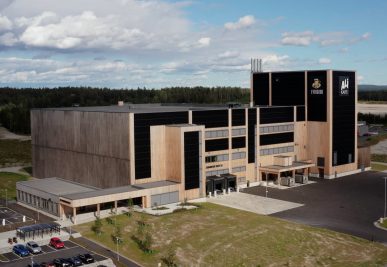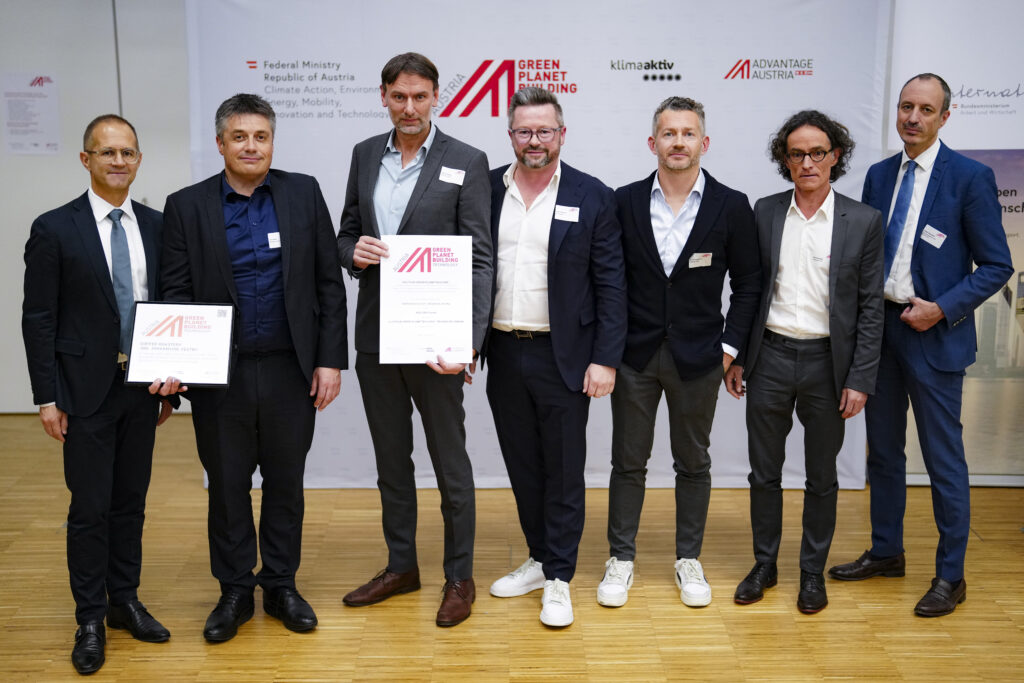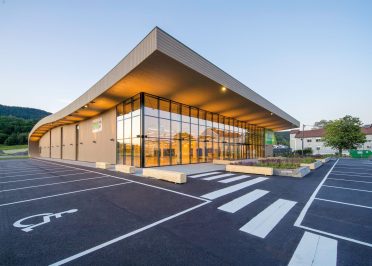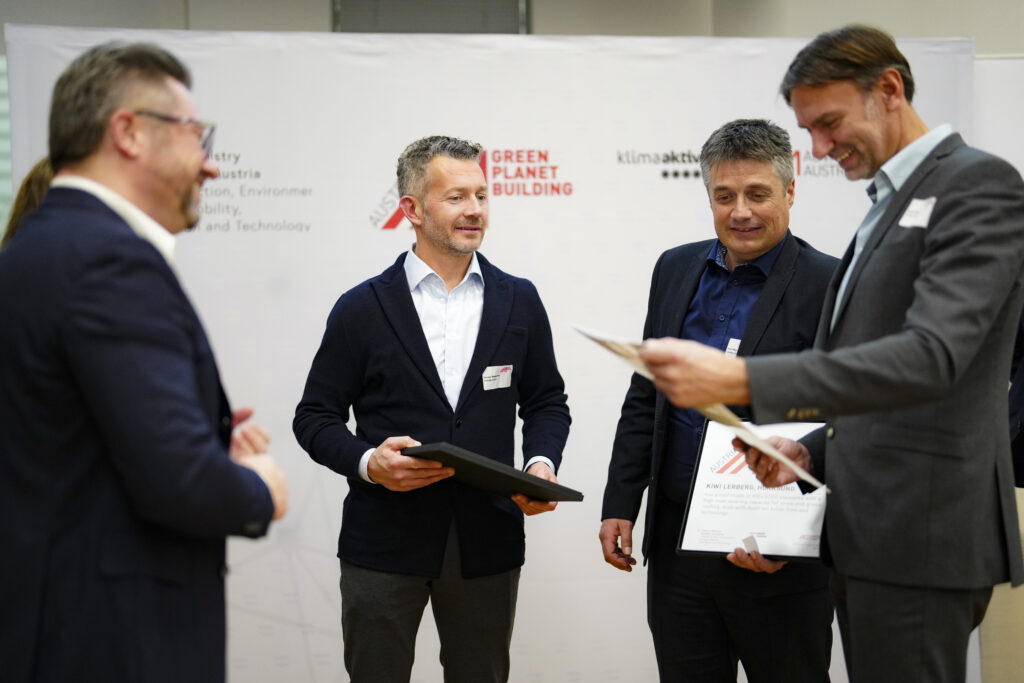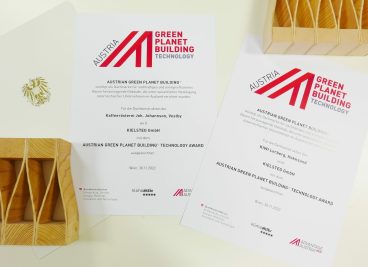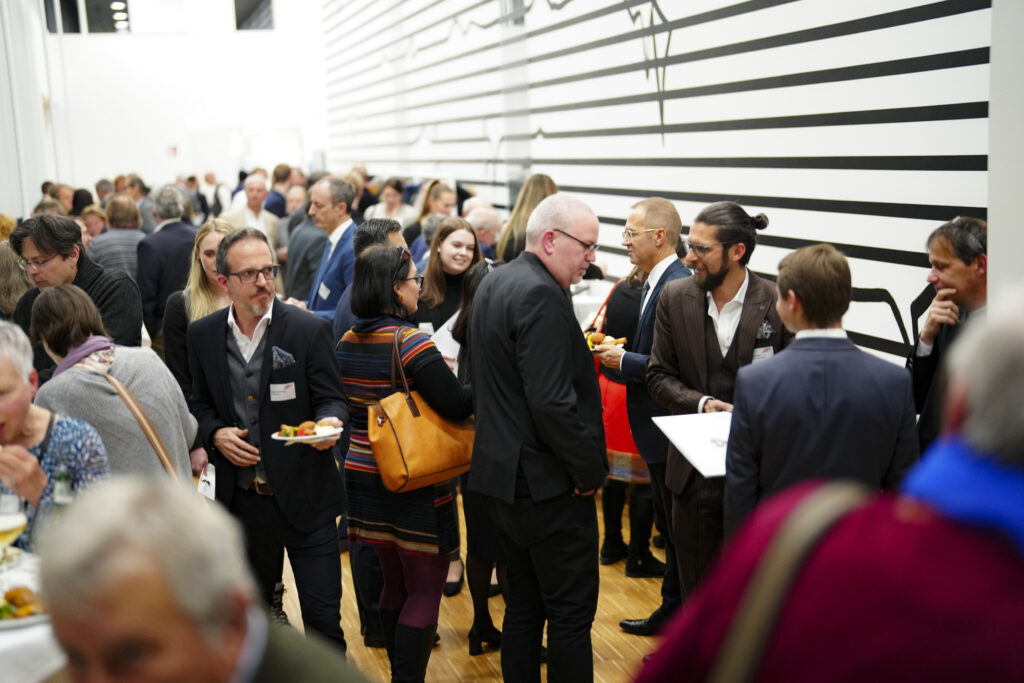Austria has a worldwide reputation for sustainable architecture, engineering and construction technologies. Now, in a time dominated by the struggle for solutions to the climate crisis, from UN conferences down to the smallest local decisions, examples that show the way are urgently needed. With the Austrian Green Planet Building Award®, the Federal Ministry for Climate Action and Advantage Austria (the Austrian international trade promotion agency) honour ambitious projects of Austrian companies in other countries that demonstrate how construction can adapt for the future. We are very pleased to receive this award, which reminds us of the responsibility we all have to do everything in our power to protect the environment and the climate.
The award to KIELSTEG is based on two projects in Norway, the Kiwi supermarket in Lerberg, and the coffee roasting factory in Vestby. The credit for these projects really has to go to the makers of these two pioneering buildings: owners Joh. Johannson with architects Astrup og Hellern and the Kiwi supermarket chain with architects A-Lab. It was their determination to go new ways in their work that made it possible to realise such exemplary buildings. Crucially, they understand that long-term operational benefits will offset the initial costs of low-CO2 building (which for the moment is still more expensive than conventional methods). With their decision to minimize CO2 in construction, the owners, architects and engineers demonstrate a particular understanding of value in contemporary building and chose wood as a functionally competitive building material with high sustainability.
KIELSTEG construction elements stand for high structural performance in terms of loadbearing and wide spans, and also for highly efficient use of wood as a resource. Their typical applications are in roof structures for buildings that need flexible interior layouts and generous uninterrupted spaces, such as schools and kindergartens, supermarkets, commercial buildings and factories. KIELSTEG is a wooden construction element that contributes to reduction of CO2 in many ways, directly and indirectly.
